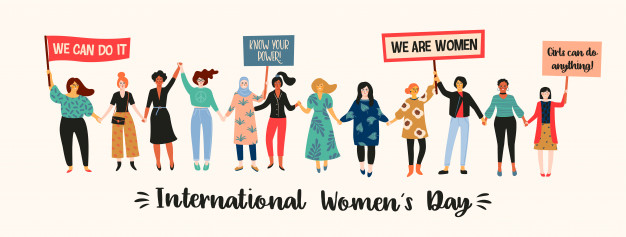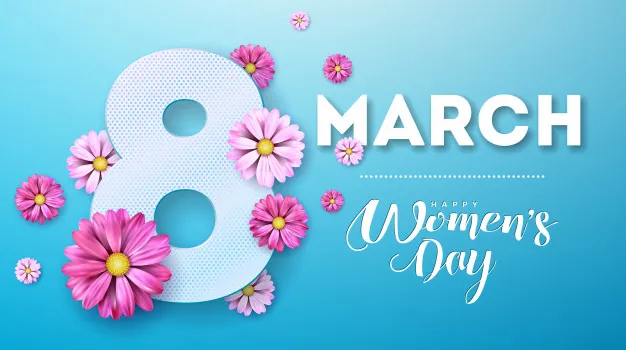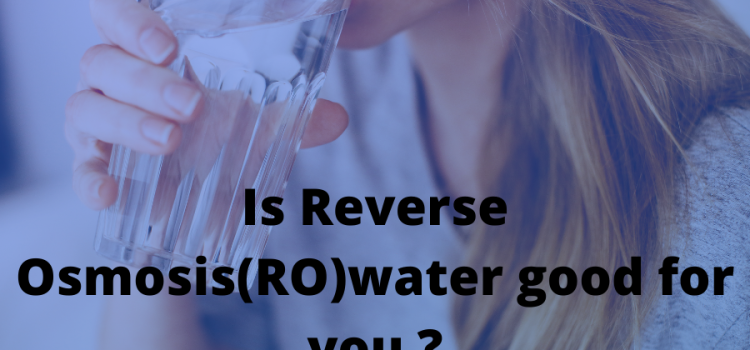Clean water is a basic right for everyone and on Women’s Day, we have with us three stories of empowered and strong women who changed the view of the water. This is the story of women who took charge of impure water around them and used their skills to get the attention to one of the most important issues in the country, unclean and unsafe water.
The S3 Trio
“We know that there are water filters out there, so why do we still have impure water?”
asked India Skinner when enquired about why her group always came back to work on clean water. She along with Mikayla Sharrieff and Bria Snell are Washington DC’s S3 trio, as they call themselves, currently working with NASA to get the lead out. They created a transparent filter system where one could actually see the water getting filtered and looking clean. This prototype managed to get them the second place overall in the Optimus Prime Spin-Off Promotion and Research Challenge (OPSPARC).
Today, 80,000 chemicals approved for use in industrial processes in the United States and are unregulated by the EPA according to the PBS Newshour report, 2016
But how do we solve the problem? This young girl seems to have a solution.

The Young Inventor
Having a passion for technology and helping others, Gitanjali Rao, now 13 years old was troubled by the news of Flint. She thought she should help out and simply find out a way to get the lead out. ‘This was like solving global warming with just one solution,‘ she says, ‘which seemed almost impossible.’ Coming from an 11-year-old at that time, this seems far fetched for a little girl, however, her achievements will contradict this notion about children.
- She looked into gene-editing method when the Zika Virus broke out.
- When the Malaysia Airlines Flight 370 went missing over the Indian Ocean, she started working on building better black boxes.
- She even created an app that monitored cyberbullying once she heard it was a problem.
Now, Flint’s lead problem had her attention. As soon as the news broke out, her family checked the water quality too and she found the method of testing to be cumbersome as well as expensive. Rao realized probably what frightened her more was whether the water was safe and thought just knowing that little detail could be empowering.
“I came across this new technology using carbon nanotube sensors to detect hazardous gases in the air. I immediately connected that thought back to lead detection… in drinking water.” She said.
She thought she could have the perfect material for water testing which led her to Selene Hernandez Ruiz who was Denver’s Municipal Water Facility’s lab manager. After listening to Rao’s idea, they began working together. With a recent test yielding results for other metals, it’s possible that a device could check tap water for mercury, arsenic, and cadmium. Rao just might invent a tool that could perform a whole battery of tests cheaply and accurately.
1 Trillion Gallons of industrial waste discharged into the US water supply every year.
– Neil B. Chambers, ‘How Infrastructure Makes Water Work for Us’
But does this mean solving the problem is to be left to scientists and engineers alone?
The Entrepreneur
Already into solving water problems, Doll Avant, a successful consultant and fellow at the NASA Research Park, found herself helpless when she learned her father was diagnosed with diabetes. After digging more about the disease when she discovered a study that suggested a link between arsenic in water and diabetes, she was more than surprised. This could have been a factor in his disease. ‘It didn’t take much for me to get copies of local water-quality reports and connect the dots,’ she says. ‘But my dad was already really sick at that point, and it was too late for much to be done for him.’
Before, it was for Flint crisis, but now the fight for clean and safe water was personal for Avant. After heavy research and going through EPA reports, studies and news articles, what she discovered shocked her. Over a thousand communities in the U.S. still have higher lead levels, higher than even Flint with more EPA violations that one could think. What grabbed her attention further was that people are unaware of the waterborne toxins in the water which could have long term effects because they don’t have the data. This led to Avant developing her own company, Aquagenuity which stores the world’s largest water database
3,000 cities in the U.S. have more lead in their water than Flint, Michigan.
Along with publishing past reports on water quality, the company also gives further direction in case you discover ingenuity in your water. ‘You put in all your past addresses based on where you lived and how long you lived there,’ Avant says, ‘And the system actually tells you, hey, these are things that you can do to detoxify – certain metals and different things that are built up in your system.’
The company plans to provide steps for the government and companies. Bottling facility with the best method for filtration or assisting the government to find out which is the best water process for manufacturing facilities. “The 20th century was really hard on the planet. So let’s reinvent how we use water as a resource, and let’s do it the better way for the 21st century,” she says
The one aspect common among these women is their will to do things differently, to take up the reigns and get to it. Not asking for permissions and instead, getting involved to find solutions to the water problems. This gets us to another important question. If not us, who? If not now when?










